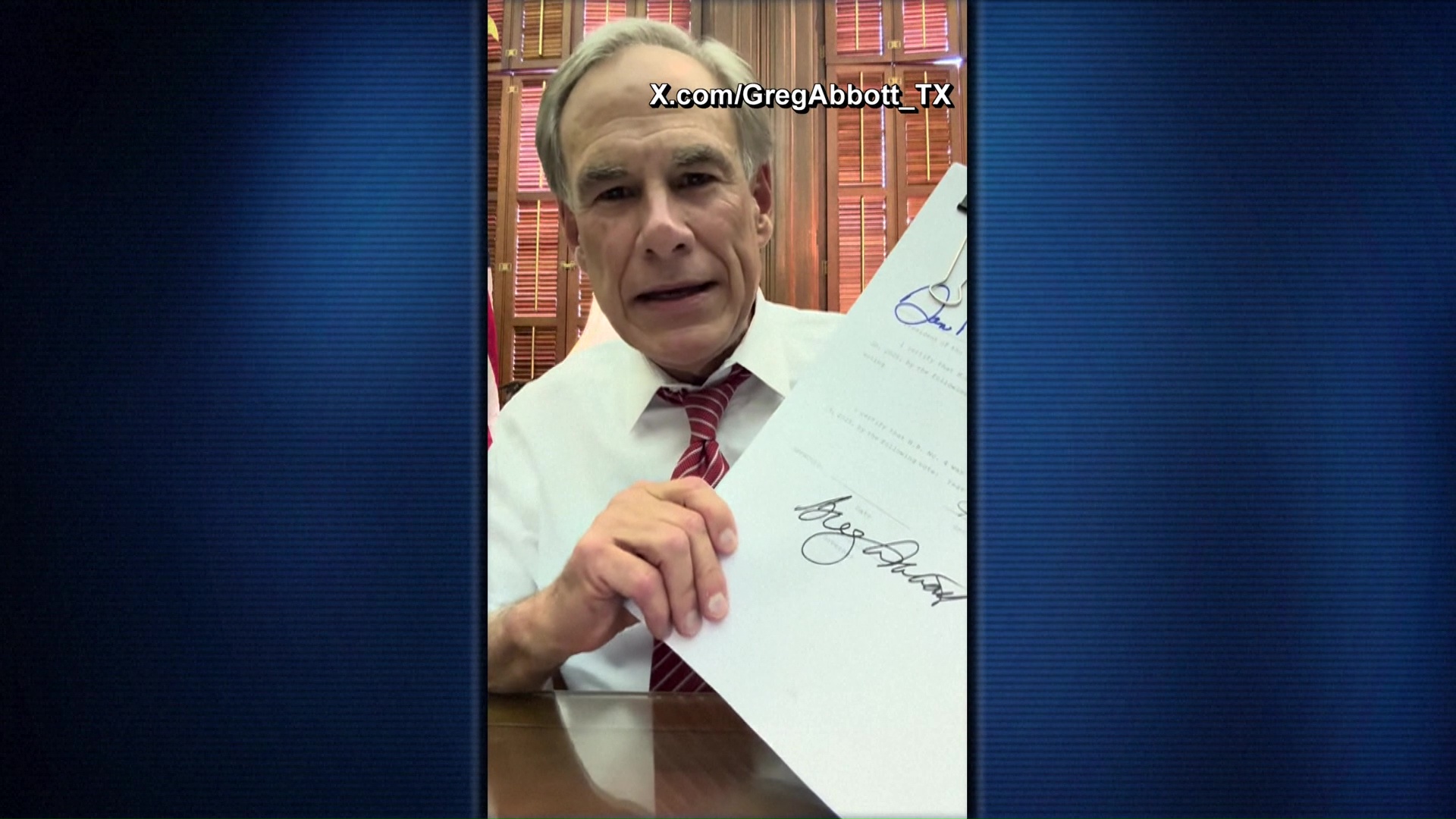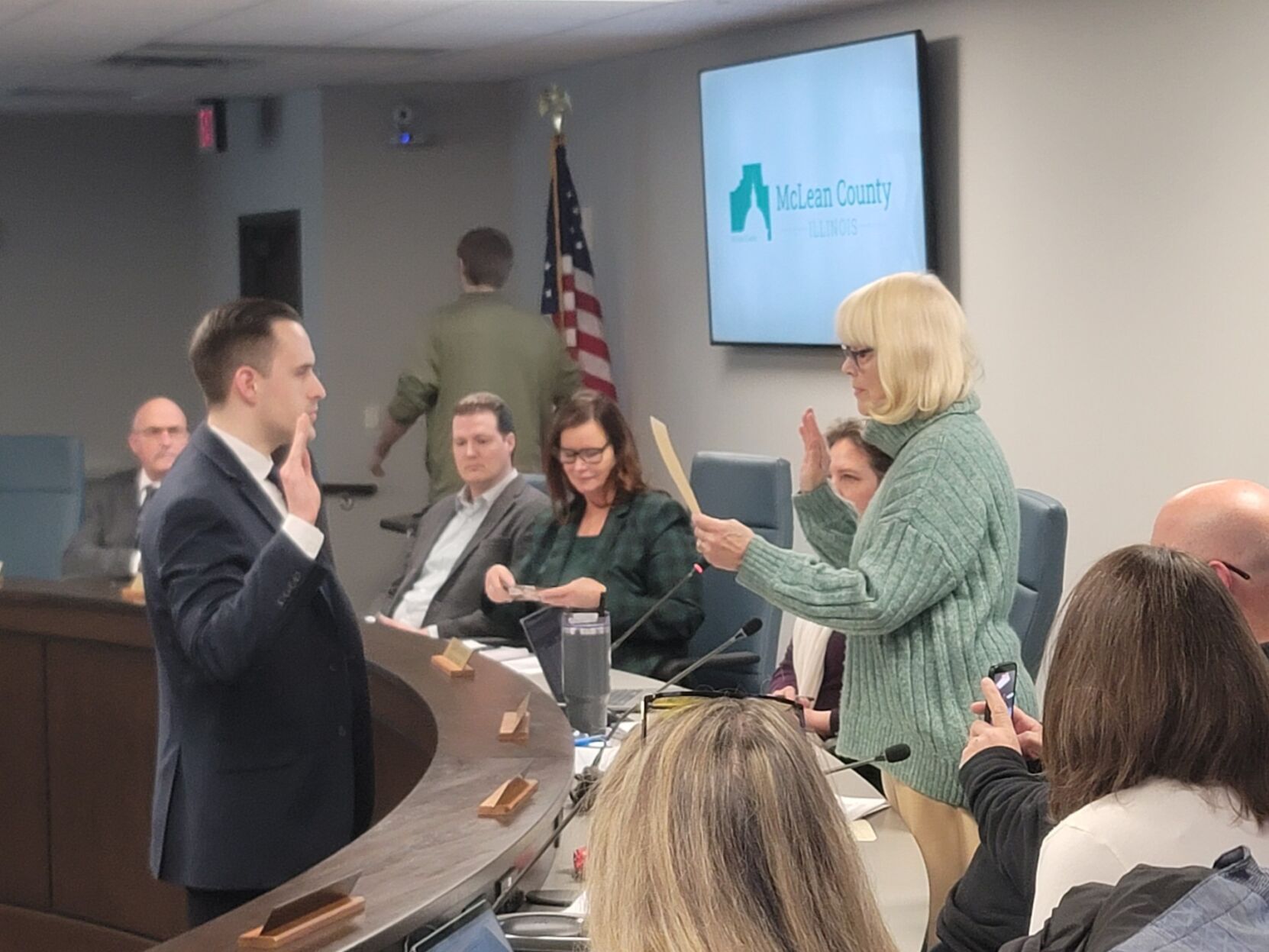Texas Governor Greg Abbott has signed into law a new congressional map designed to bolster Republican gains in the 2026 midterm elections. While supporters herald the move as fair representation, Democrats have mounted legal challenges, claiming the map dilutes minority voting power.
Gov. Abbott signs ‘One Big Beautiful Map’ into law, says Texas is fairer, more red

Key Takeaways:
- Governor Abbott’s new map aims to enhance Republican seats in 2026
- Democrats claim the redistricting weakens minority voters’ influence
- Legal battles have already begun, with voting rights groups filing lawsuits
- California is passing its own Democratic-leaning districts in response
- The large GOP majority in the Texas Legislature ensured the map’s passage
Introduction
Texas Governor Greg Abbott on Friday signed “One Big Beautiful Map” into law, affirming his confidence that the newly approved congressional voting districts will position Republicans to expand their presence in the 2026 midterm elections. The map’s adoption, while heralded by state Republican leaders as a fair representation of voters, has sparked fierce criticism and legal threats from Democrats and civil rights groups.
A Rare Mid-Decade Redistricting
Normally, states redraw district lines following the decennial census. However, this mid-decade redistricting in Texas was propelled by Republican efforts to lock in electoral advantages sooner than the usual timeline. Critics view the timing as political opportunism, while supporters argue it corrects outdated boundaries and ensures the transmission of Texan values to Washington.
GOP’s Pursuit of a Stronger Majority
Abbott’s approval of the new map comes with an explicit goal: “Texas is now more red in the United States Congress,” he declared in a video posted on social media. The broad Republican majority in the Legislature paved the way for swift passage, creating new districts that favor GOP candidates and potentially affecting the balance of power in the U.S. House.
Democratic Pushback
Texas Democrats staged a dramatic protest by leaving the state in an attempt to block a vote on the map. Upon returning after two weeks, they were placed under around-the-clock police monitoring to ensure they remained for the final debate. In a statement, state Democratic Party Chairman Kendall Scudder criticized Republican leaders for their allegiance to former President Donald Trump’s calls for redistricting, saying they “bent over backwards” to prioritize politics over what Democrats see as fair representation.
Legal Hurdles and National Impact
Even before Abbott signed the new map into law, voting rights groups filed lawsuits claiming the plan significantly weakens the electoral influence of Black voters, raising possible violations of the Voting Rights Act. Republicans insist the map meets all legal requirements. Meanwhile, California has advanced legislation to rearrange its own districts in a Democratic-friendly way, underscoring how states nationwide are maneuvering to maximize their political clout.
Potential Changes for Incumbents
The redistricting could reshape careers, as seen with Democratic Representative Lloyd Doggett, who says he may not seek reelection if his Austin-based district is dramatically altered. Under the approved boundaries, Doggett’s district would overlap with that of another Democrat, Representative Greg Casar. Such overlaps create uncertainty for incumbents and illustrate the far-reaching effects of the new map.
Conclusion and Next Steps
With the new congressional map signed into law, Texas has triggered a fresh wave of partisan battles poised to reverberate through the 2026 midterm elections. The combination of legal challenges, shifting district lines, and political maneuvering signals that debates over representation and power will continue, as both Republicans and Democrats position themselves for the next stage in the ongoing fight for control of the U.S. House.











